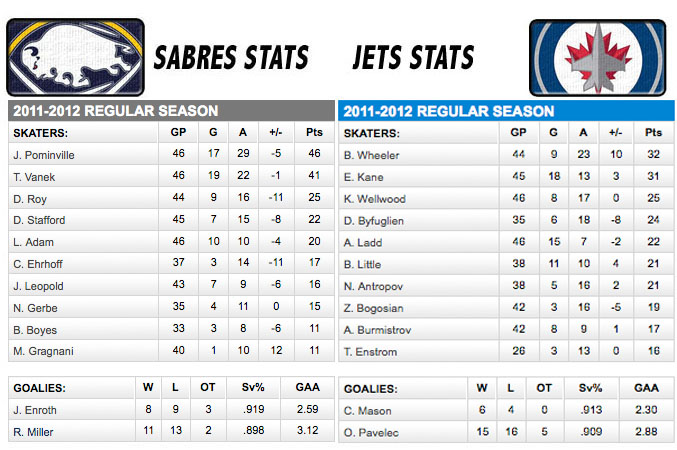Burning River Baseball has a general focus on the current edition of the Cleveland Indians, but it is really about glorifying the entire history of baseball in the city of Cleveland. The least remembered of those teams was likely the Cleveland Buckeyes and other members of Negro League Baseball. While the Lawrence D. Hogan book, Shades of Glory: The Negro Leagues and the Story of African-American Baseball is not exclusively about any one NLB team, it is a unique, detailed account of the entire history of Negro League Baseball, spanning from the 1870’s through 1960.
In general, not much is known about the Negro Leagues by the general public outside of Jackie Robinson, Satchel Paige and in Cleveland, Larry Doby. This book tells the story of those players, but more importantly, goes back much further to those unlucky enough to play before desegregation. There are uncountable amazing players from almost 100 years of baseball, many of whom have been otherwise forgotten, that have been immortalized in Shades of Glory.
The most depressing part of the book and the story in general is the fact that the Negro Leagues never should have existed. Prior to the 1900’s, black players were allowed to play in professional white leagues and did with “…33 black players between 1878 and 1899 on the rosters of clubs in organized white baseball, not counting the wholesale importation of black teams to represent cities in otherwise white leagues.” Unfortunately for the good of baseball as a whole, the people involved and America, Major League Baseball used the decision of Plessy v. Ferguson in 1896 to bar people darker than a certain shade of skin color from playing in professional baseball.
Continuing on the though of skin shade, this brings up another interesting point. It was only skin color, not heritage that kept players out of the white Majors as some Cuban players were allowed to play, while others were forced to play in the Negro Leagues. There were even players that started out in NLB, but were fair skinned enough to have a Major League career afterward. All this goes to show how arbitrary the decisions on who was allowed to play for Major League teams was.
While they never should have been necessary, the multiple incarnations of the Negro Leagues did happen and there were almost as many stars as in the actual Major Leagues. Unlike the Major Leagues, however, there were not accurate standings or statistics kept at the time, so it is very difficult to know what happened exactly and, rather than work through the limited numbers, most of the players have been forgotten. Shades of Glory digs deep to bring you the stories and statistics of these long forgotten athletes. Just as importantly, it brings up the team owners and league organizers that made the Negro Leagues possible.
Like any good historical book, Shades of Glory brings an unbiased look at the movers of the age, showing both sides of people like Rube Foster, the architect of the first organized leagues and Judge Kenesaw Mountain Landis, who may have been the one man in Major League Baseball keeping integration from happening a decade before it actually did.
If there is one negative about the book, it is the primary focus is always on the best teams of the time with little known about the rest of the league. Of course it was a lot of years to cover and a lot of teams, but relatively little is mentioned about teams like the Cleveland Buckeyes or any other team to play away from Pittsburgh, Chicago, Kansas City or New York. The Southern leagues are almost completely ignored as is much of the middle years (from 1920-1940), instead with the focus, as it rightly should have been, staying on the formation of the league and the desegregation of the league in the late 1940’s.
Ignorance is no excuse and these stories should be known by every single person who calls themselves a baseball fan. Read this book and learn about the players who would have been Major League All-Stars, if only they had been allowed to try.
Add The Sports Daily to your Google News Feed!

